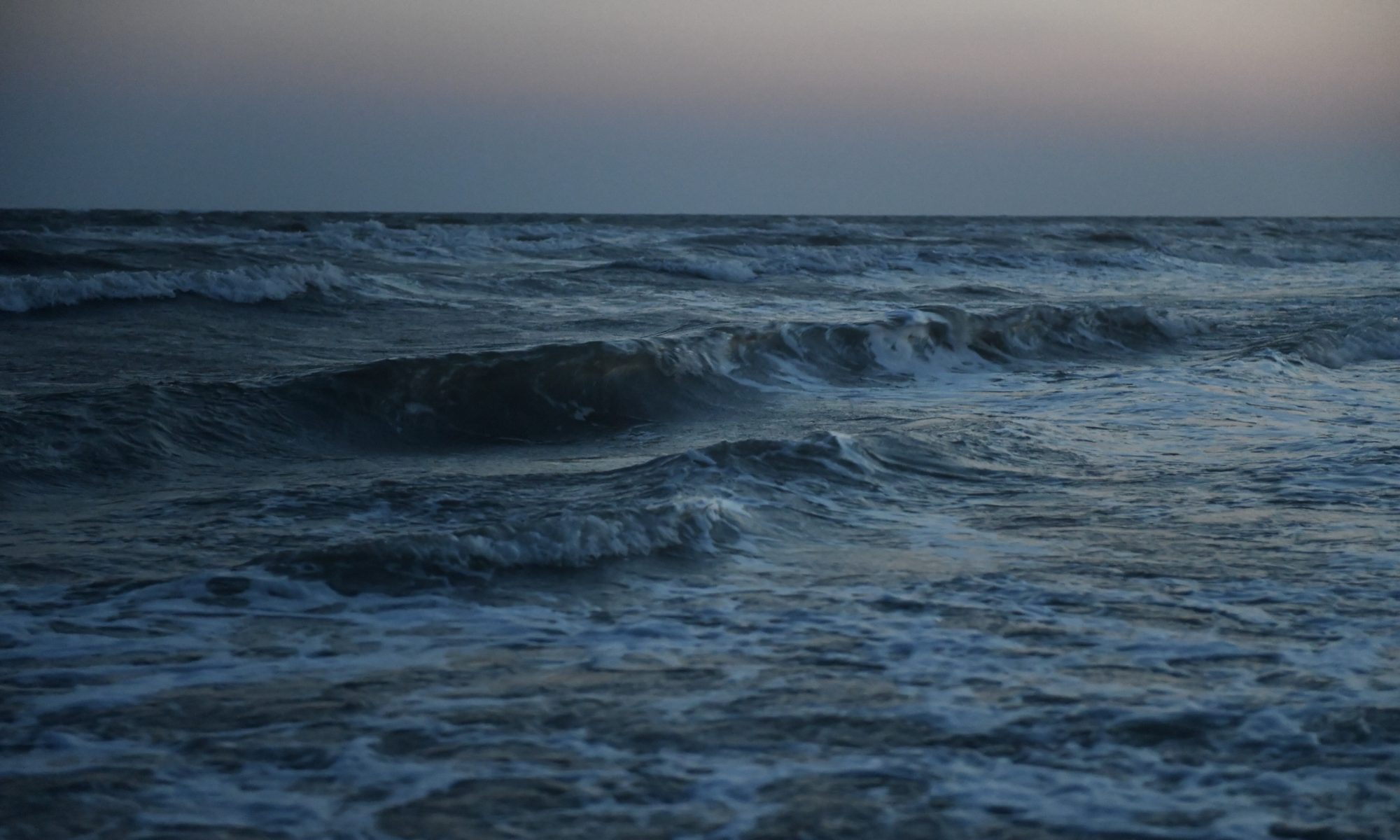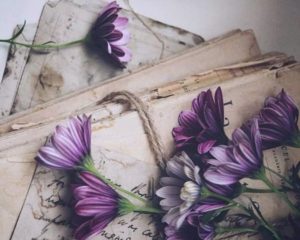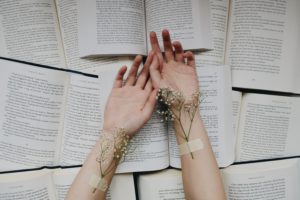Literacy Reflection
Reflection
“Our backs tell stories no books have the spine to carry.” • Rupi Kaur
I love to read – news, fiction, non-fiction, poetry, scholarly articles, song lyrics – everything, but interestingly enough I have never taken a course on how to become a better consumer of content. It seems silly because most people just read the words, close the book and move on with their lives. I have learned there’s much more to offer throughout the past eight weeks enrolled in the Academic Writing course. Literature is alive and breathing which means it requires time, attention and care to permeate years of impulsive and impetuous consumption habits. Below are my favorite key notes:

Discourse
In every form of communication we use a specific approach known as discourse. This can be both conscious and subconscious choices as we become literate in the nature of our routine settings. Primary discourses comprise of interactions at home, conversations with close friends and regular engagements in the local community. Secondary discourses are created in different social spaces such as writing a work memo, academic language used with a professor or learning sports lingo.

Genre
When I thought genre the first thing that came to mind was music. While audio productions are one type of genre, there are multiple modes of communication channels interacted with hundreds of times on a daily basis. These habitual responses are socially bonded to recurring affairs. Situations often choose the stable characteristics themselves, but composers use tools such as context, purpose, audience and medium to decide the genre. It is crucial to have awareness on the relationship between language and power because it impacts our understanding economic, social and political factors shaping history. Genres consistently evolve to meet new generational demands.
Visual Culture
“To explore the meaning of visuals we must understand their culture norms, ideology and social constructs.” Culture is integral to capturing the complicated interactions of powerful systems of belief. Whether paintings, imagery, infographics, drawings, sculptures, videography, architecture or design – visual culture can be used with many motives. It can serve playful roles like a child’s doodle of expression or somber roles such as wartime photographic documentation, and everything inbetween. The scene, subject, composition, lighting, color scheme, edits and platform are influencers of perception in the portrayal of a concept. Visual culture saturates our social spaces.

Age of Artists
Visual domains are replacing physical meeting places, though having a commonplace for sharing with others has been an ornate human pattern throughout history. During the Renaissance period, aristocratic readers would often share poetry, manuscripts and plays with friends. Today the sheer scope and variety of resources available is impacting how we learn. Bricolage is the ability to find something – object, tool, document, code – and use it to build something worth deeming important. Students prefer action as an instinct which leads to navigation, discovery and judgement. Listening to music while talking on the phone and using computer all at the same time is associated with a term called multiprocessing. While this can be a skillset, as we’re exposed to much more content, multiprocessing can also effect our ability to focus for long durations of time. Artists must create to simulate action and play to keep their audience’s attention with pervasive digital literacy.

Draft, Revise, Repeat
My absolute favorite part of class was the creative collaboration with online classmates and the professor through live sessions, discussion posts and building our personal websites. We learned how to complicate our instinctive thought processes through the stories and insight of others. I also learned revising and proofing is a never-ending process! I’d close my laptop after the second or third paper draft, but then I would see an image or quote that inspired adding more paragraphs. The composition process can be more fluid that I ever gave it time to be previously. These social aspects challenged stances on topics and made writing an experience, bringing creativity to life with a team.
Final Flashpoints
My final flashpoints (or key takeaways) for this course are to first, start every project with a focus that serves a purpose. Next, determine the audience and be aware of the rhetorical situations that may help, harm or influence the impact. When writing, I will aim to keep an appropriate tone for the discourse and research how to shape and use my chosen genre effectively. Lastly, I will keep writing! If I don’t practice these skills it will be extremely difficult to develop a recognizable style.
The book for this course is Everything’s a Text by Dan Melzer and Deborah Coxwell- Teague.



